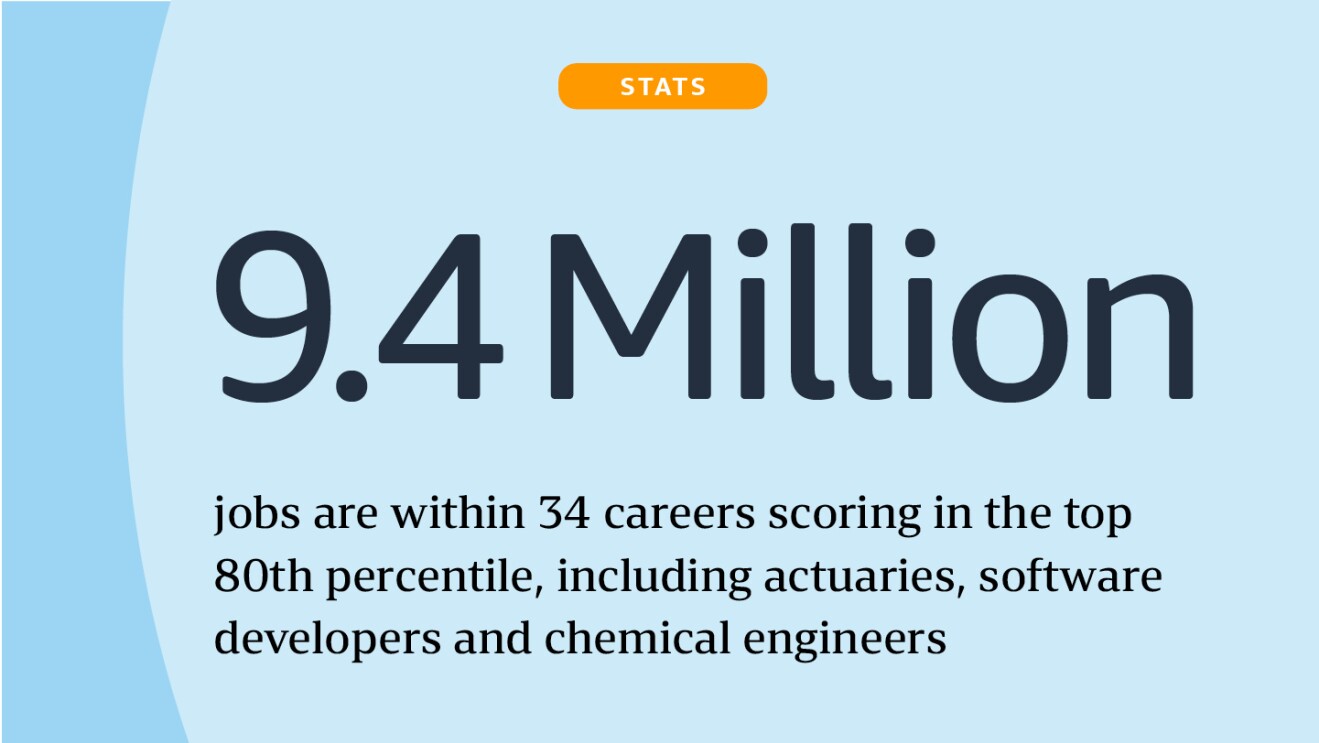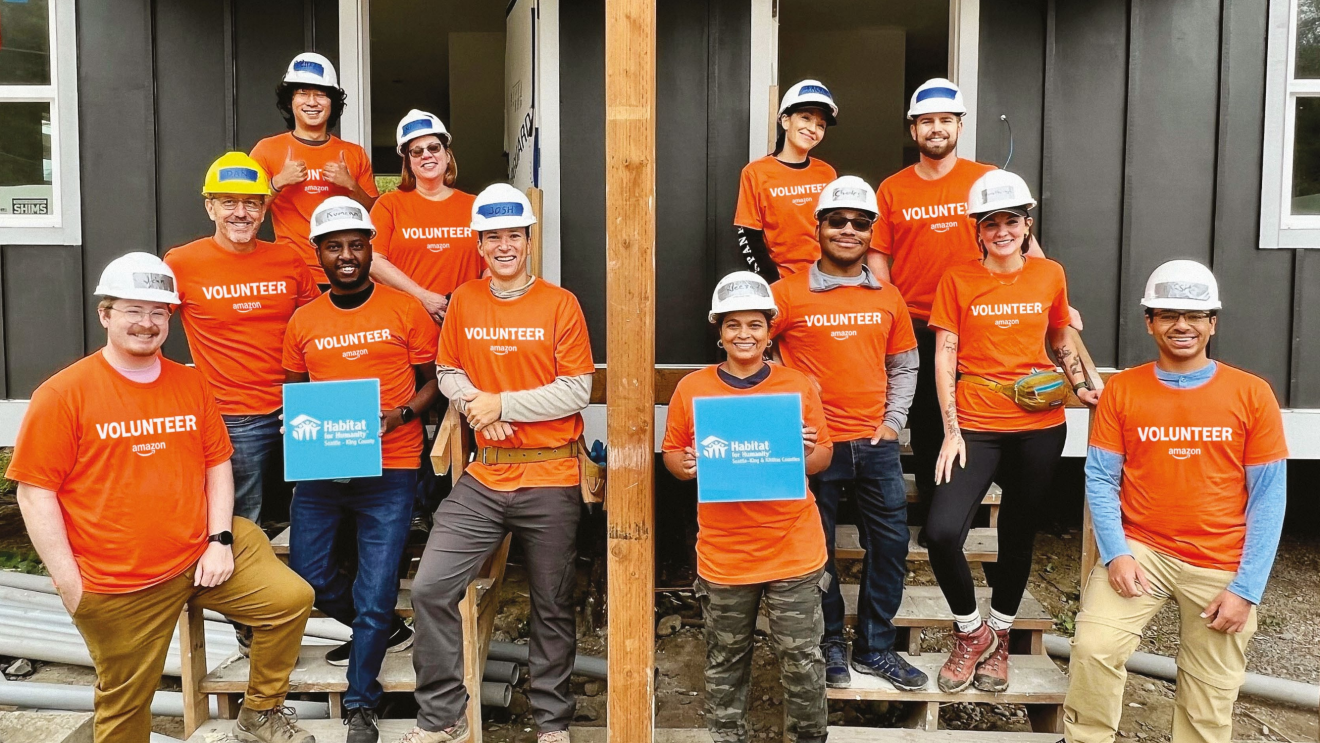01 / 03
Page overview
Students overlook many viable career pathways

More than one-in-five 15-year-olds (22%) in the U.S. could not name a career when asked what job they expect to have by age 30, according to Gallup analysis of Organisation for Economic Cooperation and Development (OECD) data. The results vary based on gender—male students are more likely than female students to not know what career they want (28% versus 15%, respectively). Additionally, 35% of 15-year-olds pick a career that falls below the top 20% of jobs (sorted by CFI score), like athlete or actor, while overlooking higher-scoring careers. Among the career pathways with the largest gap between career popularity and quality/economic viability are those in management, computers and mathematical occupations, and science. Many careers in these categories have shown steady growth, rank highly in terms of income, and are resistant to automation. The CFI can provide students access to key information about the wide range of jobs that are accessible in the U.S., and what different fields are expected to be needed.
While workers’ levels of education are highly correlated with the CFI, many high-scoring CFI occupations are accessible to students without a bachelor’s degree. Similarly, many top-scoring occupations are accessible without an advanced degree. However, even one-to-two years of postsecondary education predicts a substantial increase in the CFI score for one’s job. The mean CFI score for works with a professional graduate degree (ex. M.D. or law degree) is 88.8, and it is 84.6 for those with a non-medical doctorate (Ph.D.) Meanwhile those with a high school diploma or lower levels of education are in jobs that average 35.9 on the CFI.

While diversification of the workforce parallels the increased diversity in the country as a whole over this period, the data reveals that high-scoring CFI careers (those scoring 80 or above on the CFI) have generally diversified at a faster rate than low-scoring CFI careers. Moreover, men are slightly overrepresented among top-scoring jobs, whereas women are slightly underrepresented. Within top-scoring jobs, Black, Hispanic, and White workers have moved closer to parity, meaning their share of jobs in top-scoring careers more closely matches their share of all jobs in 2021 than it did in 2010. This is especially pronounced for Hispanic workers, who gained 12 percentage points. By contrast, American Indian, Asian, and multiracial/other racial groups have moved further from parity.















